Some research . . .
The information presented below is not intended to align with any political view or convey any particular belief or theory. It is just a collection of articles from sources that in most cases appear to be mainstream or credible, though you should evaluate the sources at your discretion, and determine on your own on a case-by-case basis if you deem the source credible or noteworthy.
Quotes come directly from the sources and currently there are active links to each source, but there is no way of guaranteeing the information/links will always be available.
The information here is collected only for the purpose of asking the question, “What is going on in the world?” and leave it to the individual to think about this information and come to their own conclusions.
All discussion, debate, speculation, doubt, inquiry, affirmation, confirmation or conjecture is not only tolerated, but encouraged. Inquiry and debate is the basis of a free society, which I will declare I am a proponent of.
This is merely a compilation of information.
It is up to you what you want to think about it or do with it.
“Some embrace a vision of a “post-human” or “transhumanist” future where people will be so dramatically transformed that they are no longer human. While this is a marginal view, transhumanist advocates are vocal proponents of “enhancing” physical and cognitive abilities though genetic modification as well as implants and other surgeries, in hopes of transcending aspects of the human condition like aging and dying. From their perspective, the fact that many applications of biotechnologies for these purposes would likely exacerbate existing inequalities is typically of little concern.”
“The Post-Human World: A conversation about the end of work, individualism, and the human species . . .” The Atlantic, Feb 20, 2017

Thompson: Let’s say the future for most people is a universal basic income, wonderful psychedelic drugs, and virtual reality video games. People don’t starve. They aren’t miserable. But they also stop striving. The Walt Disney virtues—challenge yourself! go on an adventure!—are sacrificed to live permanently inside of Disney-style entertainment. Is that utopia or dystopia?
Harari: Most philosophers will say that your hypothetical is a dystopia. A far worse world.
But you could argue that people already spend most of their lives in virtual games. Most religions are virtual games superimposed on the reality of life. Do this, and there’s a penalty. Do that, and you get extra points. There is nothing in reality that corresponds to these rules. But you have millions of people playing these virtual reality games. So what is the difference between a religion and a virtual reality game?

NBC News Now, August 25, 2019
“Cyborgs Will Replace Humans and Remake the World, James Lovelock Says” NBC News, August 25, 2019
“Ex-Facebook President Sean Parker Reveals One of the Biggest Advantages Rich People Have over Everyone Else” Business Insider; November 10, 2017

“[G]ive us billionaires an extra hundred years and you’ll know what … wealth disparity looks like,” he said.
Parker continued:
“So … I’m going to be like 160 and I’m going to be part of this, like, class of immortal overlords. [Laughter] Because, you know the [Warren Buffett] expression about compound interest. … Give us billionaires an extra hundred years and you’ll know what … wealth disparity looks like.”
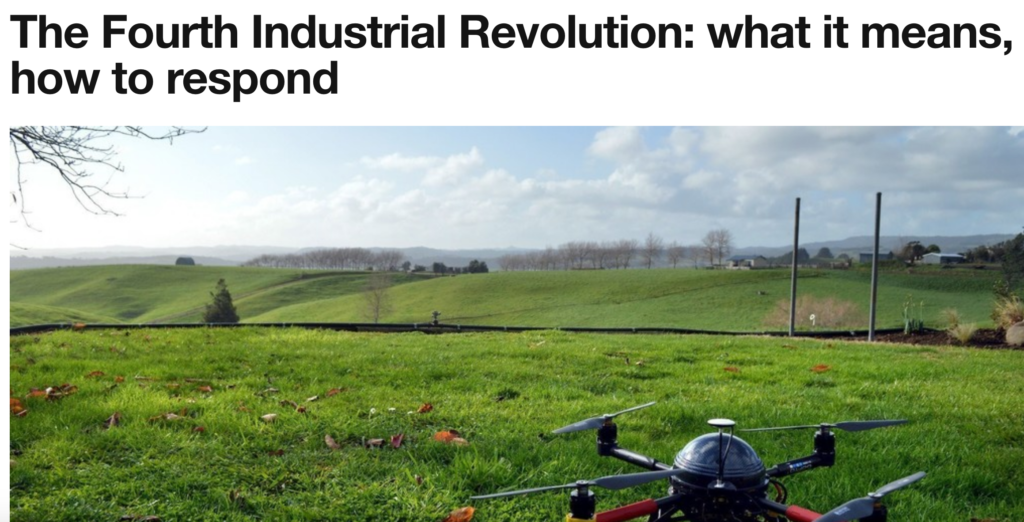
“The Fourth Industrial Revolution: What it means, how to respond”
“We stand on the brink of a technological revolution that will fundamentally alter the way we live, work, and relate to one another. In its scale, scope, and complexity, the transformation will be unlike anything humankind has experienced before. We do not yet know just how it will unfold, but one thing is clear: the response to it must be integrated and comprehensive, involving all stakeholders of the global polity, from the public and private sectors to academia and civil society.”
“America’s Hidden History: The Eugenics Movement” Scitable by NatureEducation; September 18, 2014
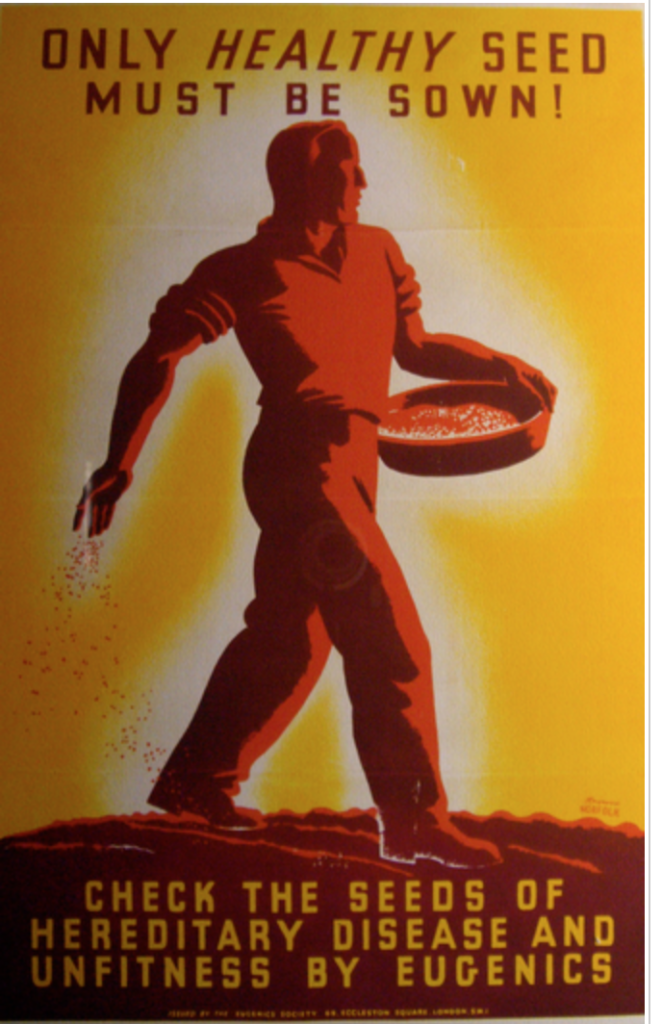
“The United States has an imperfect history. Some of our darker chapters include slavery, the decimation of Native American populations, and atrocities committed during our various wars. A quick survey will reveal that most Americans have learned about or at least heard of these events. However, ask the average person about the “ eugenics movement” and you are likely to get blank stares. We at Genetics Generation believe it is time to raise awareness of this tragic time in our country’s history.”
“Eugenics and the Nazis–The California Connection” SFGATE November 9, 2003

“Eugenics would have been so much bizarre parlor talk had it not been for extensive financing by corporate philanthropies, specifically the Carnegie Institution, the Rockefeller Foundation and the Harriman railroad fortune. They were all in league with some of America’s most respected scientists from such prestigious universities as Stanford, Yale, Harvard and Princeton. These academicians espoused race theory and race science, and then faked and twisted data to serve eugenics’ racist aims.”
“What Was Operation Paperclip” “This controversial top-secret U.S. intelligence program brought Nazi German scientists to America to harness their brain power for Cold War initiatives.” History.com June 2, 2014

“Tuskgegee Experiment: The Infamous Syphilis Study” History.com, May 16, 2019
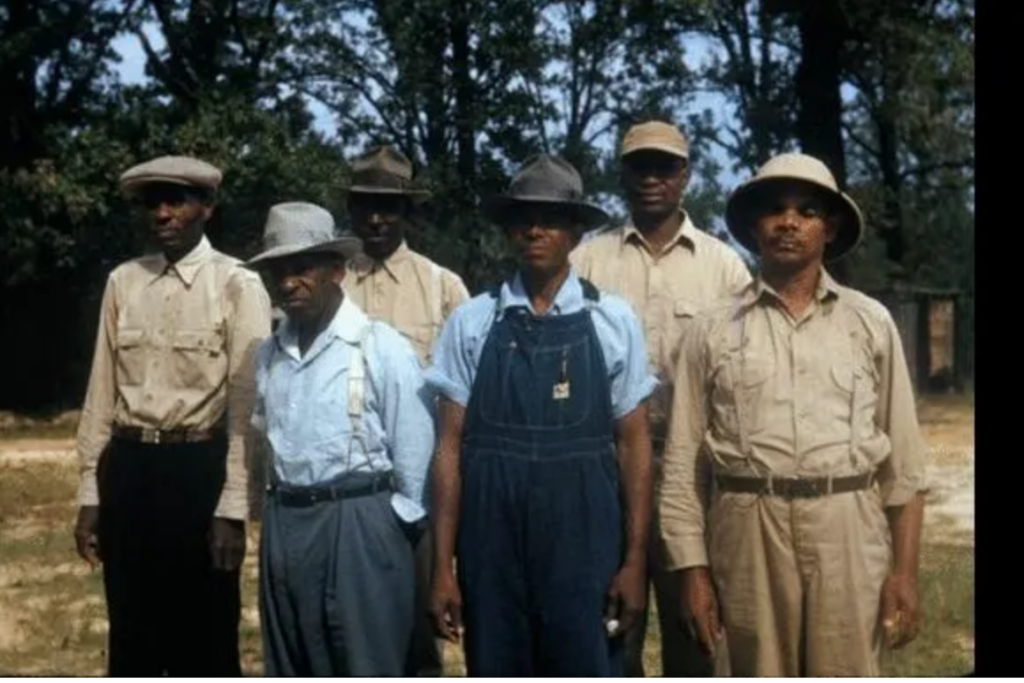
“As a result of the Tuskegee experiment, many African Americans developed a lingering, deep mistrust of public health officials. In part to foster racial healing, President Clinton issued a 1997 apology, stating, “The United States government did something that was wrong—deeply, profoundly, morally wrong… It is not only in remembering that shameful past that we can make amends and repair our nation, but it is in remembering that past that we can build a better present and a better future.”
“Bill Gates has a Warning about Population Growth” World Economic Forum: September 19, 2018
“Nobody Knows How to Interpret This Doomsday Stonehenge in Georgia” Smithsonian Magazine, September 10, 2013

On the stones are ten instructions:
- Maintain humanity under 500,000,000 in perpetual balance with nature.
- Guide reproduction wisely — improving fitness and diversity.
- Unite humanity with a living new language.
- Rule passion — faith — tradition — and all things with tempered reason.
- Protect people and nations with fair laws and just courts.
- Let all nations rule internally resolving external disputes in a world court.
- Avoid petty laws and useless officials.
- Balance personal rights with social duties.
- Prize truth — beauty — love — seeking harmony with the infinite.
- Be not a cancer on the earth — Leave room for nature — Leave room for nature.
“Jeffrey Epstein Hoped to Seed Human Race with his DNA” The New York Times, July 31, 2019
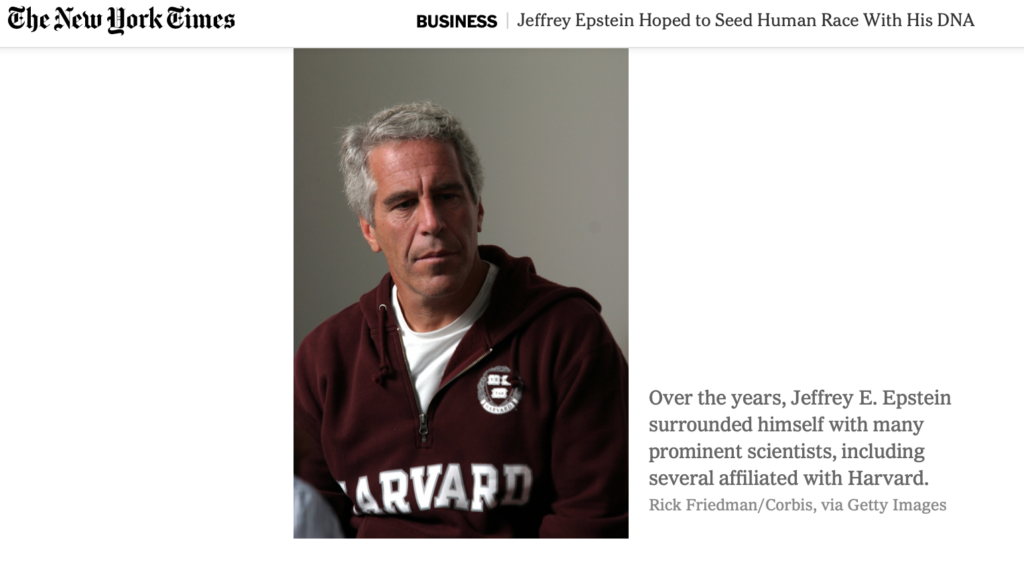
“Mr. Epstein’s vision reflected his longstanding fascination with what has become known as transhumanism: the science of improving the human population through technologies like genetic engineering and artificial intelligence. Critics have likened transhumanism to a modern-day version of eugenics, the discredited field of improving the human race through controlled breeding.”
“Bill Gates’ relationship with Epstein” Business Insider; October 12, 2019
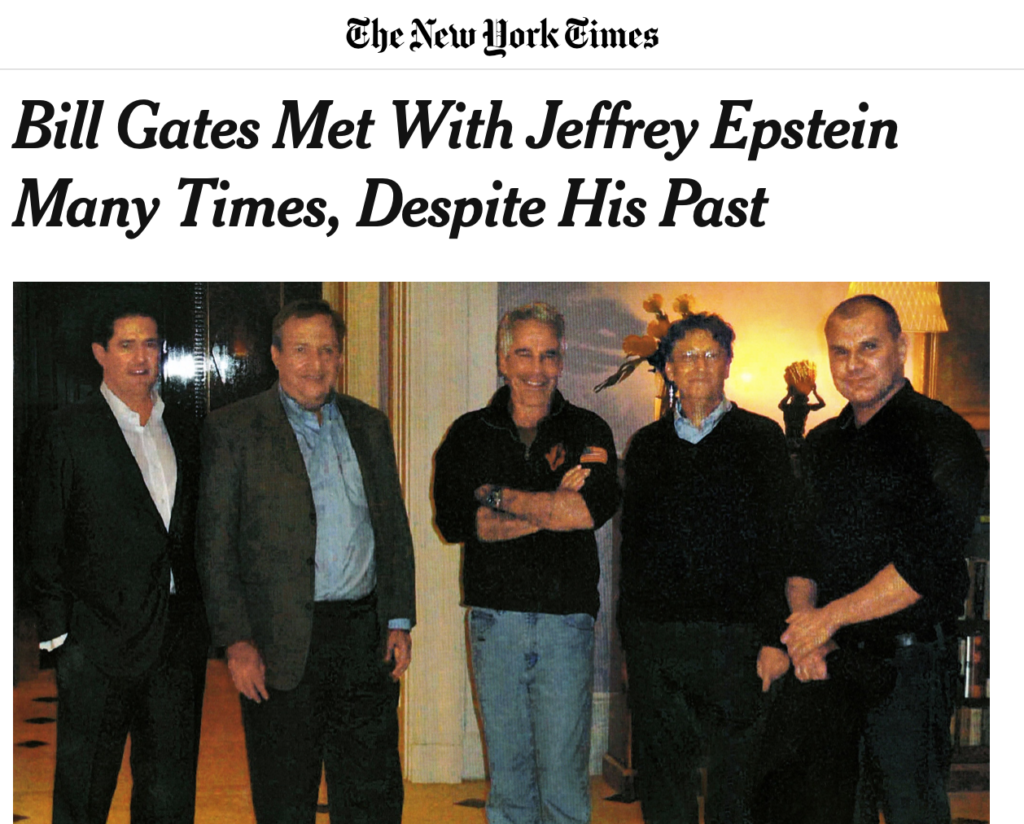
“Bill Gates Met With Jeffrey Epstein Many Times, Despite His Past” The New York Times, October 12, 2019
“Jeffrey Epstein, the convicted sex offender who committed suicide in prison, managed to lure an astonishing array of rich, powerful and famous men into his orbit.
There were billionaires (Leslie Wexner and Leon Black), politicians (Bill Clinton and Bill Richardson), Nobel laureates(Murray Gell-Mann and Frank Wilczek) and even royals (Prince Andrew).
[Jeffrey Epstein’s charity: An image boost built on deception.]
Few, though, compared in prestige and power to the world’s second-richest person, a brilliant and intensely private luminary: Bill Gates. And unlike many others, Mr. Gates started the relationship after Mr. Epstein was convicted of sex crimes.”
A new MIT report on Jeffrey Epstein raises questions about how much to blame billionaires like Bill Gates Vox January 10, 2019
“Harvard Science Professors Kept Meeting with Donor Jeffrey Epstein Despite His Sex Offender Status” NBC News; July 12, 2019
Harvard Professor and Two Chinese Nationals Charged in Three Separate China Related Cases Department of Justice, January 28, 2020
“The Department of Justice announced today that the Chair of Harvard University’s Chemistry and Chemical Biology Department and two Chinese nationals have been charged in connection with aiding the People’s Republic of China. . . Zaosong Zheng, 30, a Chinese national, was arrested on Dec. 10, 2019, at Boston’s Logan International Airport and charged by criminal complaint with attempting to smuggle 21 vials of biological research to China. On Jan. 21, 2020, Zheng was indicted on one count of smuggling goods from the United States and one count of making false, fictitious or fraudulent statements. He has been detained since Dec. 30, 2019.”
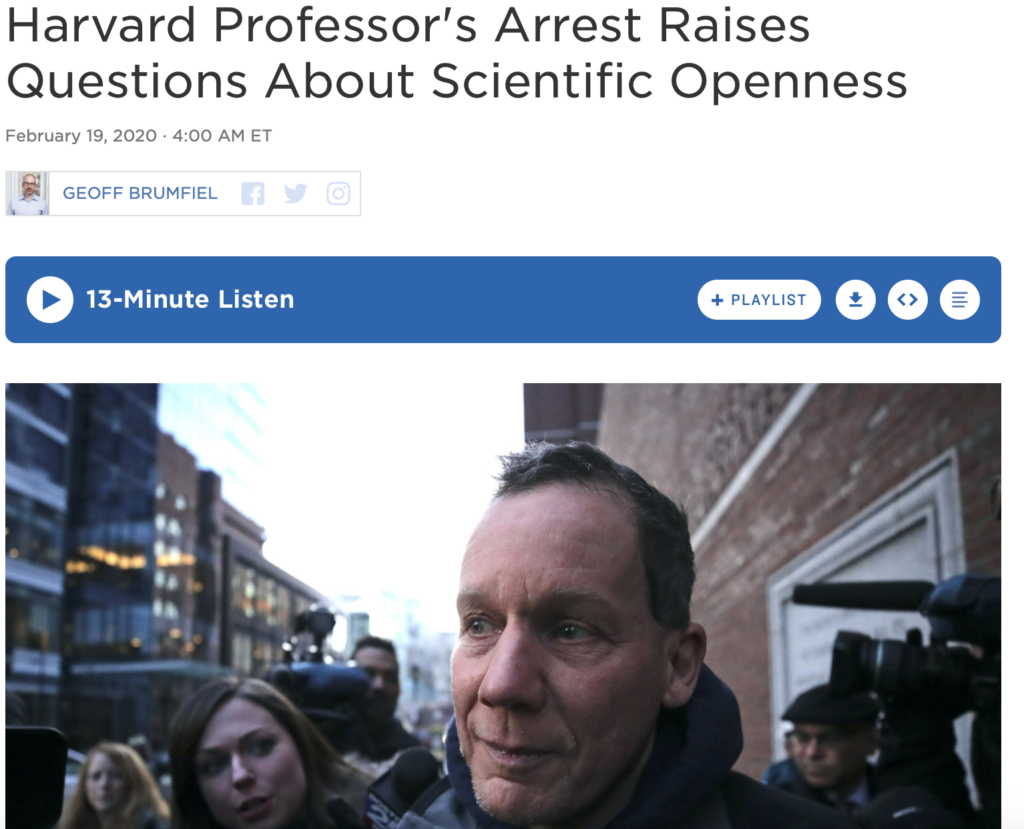
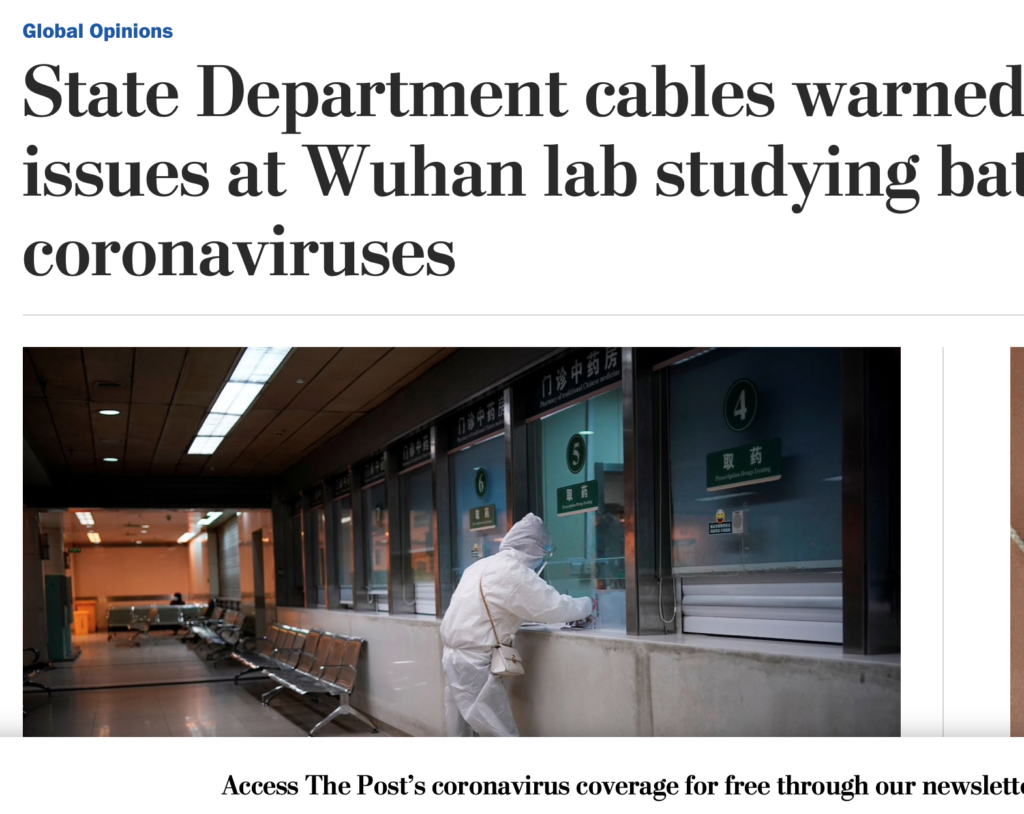
“State Department Cables Warned of Safety Issues at Wuhan Lab Studying Bat Coronaviruses” The Washington Post; April 14, 2020
“Two years before the novel coronavirus pandemic upended the world, U.S. Embassy officials visited a Chinese research facility in the city of Wuhan several times and sent two official warnings back to Washington about inadequate safety at the lab, which was conducting risky studies on coronaviruses from bats . . . The research was designed to prevent the next SARS-like pandemic by anticipating how it might emerge. But even in 2015, other scientists questioned whether Shi’s team was taking unnecessary risks. In October 2014, the U.S. government had imposed a moratorium on funding of any research that makes a virus more deadly or contagious, known as “gain-of-function” experiments.
“Gain of Function Research” National Institutes of Health
“Certain gain-of-function studies with the potential to enhance the pathogenicity or transmissibility of potential pandemic pathogens (PPPs) have raised biosafety and biosecurity concerns, including the potential dual use risks associated with the misuse of the information or products resulting from such research.”
During this process the USG paused the release of federal funding for GOF studies anticipated to enhance the pathogenicity or transmissibility among mammals by respiratory droplets of influenza, MERS, or SARS viruses.
On October 16, 2014, the White House Office of Science and Technology Policy announced the launch of the U.S. Government (USG) gain-of-function (GOF) deliberative process to re-evaluate the potential risks and benefits associated with certain GOF experiments.
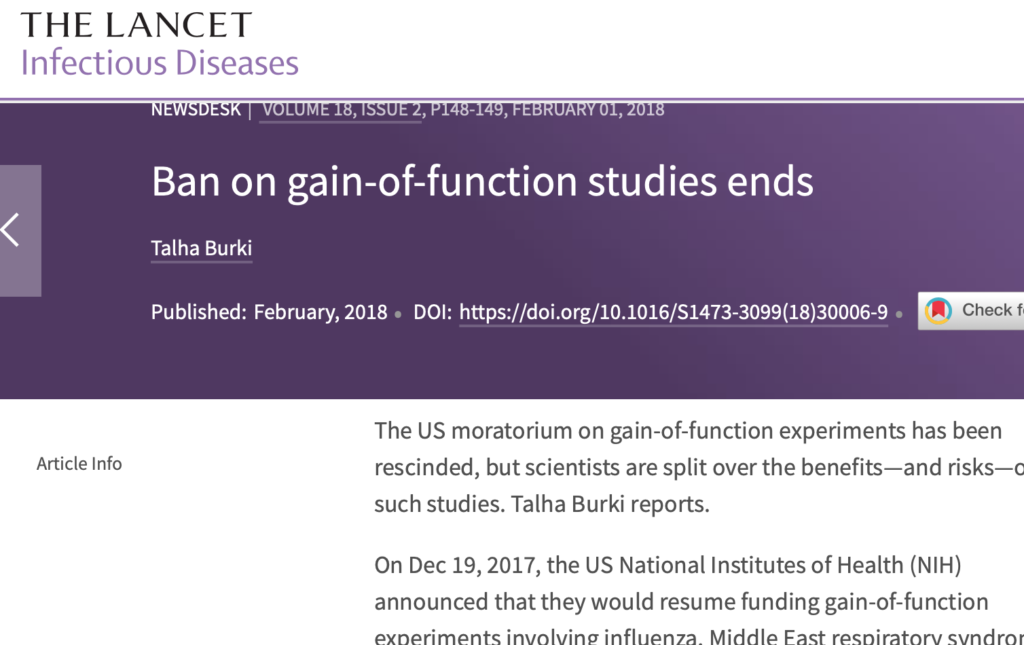
“Ban on gain-of-function studies ends” The Lancet; February, 2018
“The US moratorium on gain-of-function experiments has been rescinded, but scientists are split over the benefits—and risks—of such studies. Talha Burki reports.”
“Can You Patent a Disease?” CBC June 12, 2013
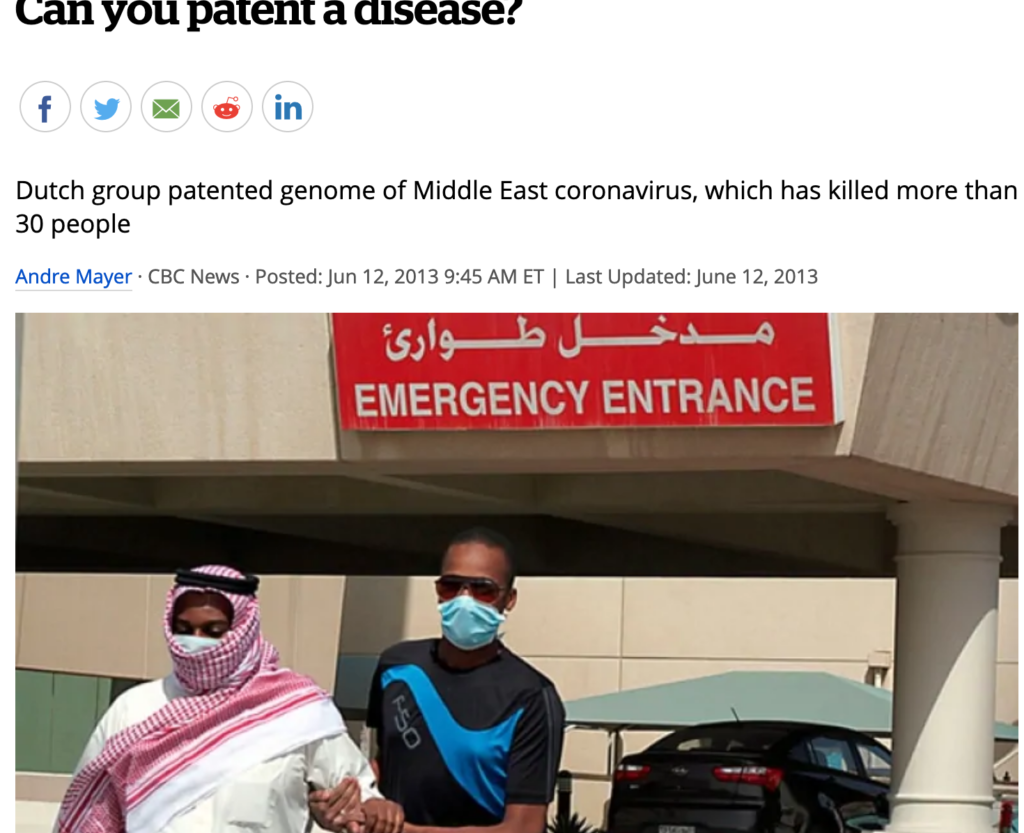
“The outbreak of a novel coronavirus in the Middle East is not only raising worldwide health concerns but triggering questions about the ability of organizations to patent the genetic sequences of diseases for profit. . . ‘You can’t patent a disease condition per se, such as cancer or influenza,’ says Schwartz. ‘But if you’re talking about patenting a lifeform like a bacteria or virus, if altered by man, the answer there is yes.’ . . . A patent is a form of intellectual property that allows the patent holder to control the use of a product or method of doing something. That control includes the ability to charge royalties for its use.”
“The rationale for patenting a genetic sequence such as the novel coronavirus is to be able to develop products, such as diagnostic tests or a vaccine, that could be marketed and sold, says Bernard Dickens, professor emeritus of Health Law and Policy at the University of Toronto.”
“Profit is what underlies the whole patent system,” he says.
“NIH Re-Opens The Door to Creation of Super-Viruses” Forbes; December 27, 2017

“In the microbial world, though, technology has caught up with fiction. Scientists today can create viruses from scratch, as they’ve already done with the polio virus, back in 2002. Using the tools of modern genomics, virologists and microbiologists can make pathogens much, much more deadly. But would anyone really want to do this? The answer, it turns out, is yes.”
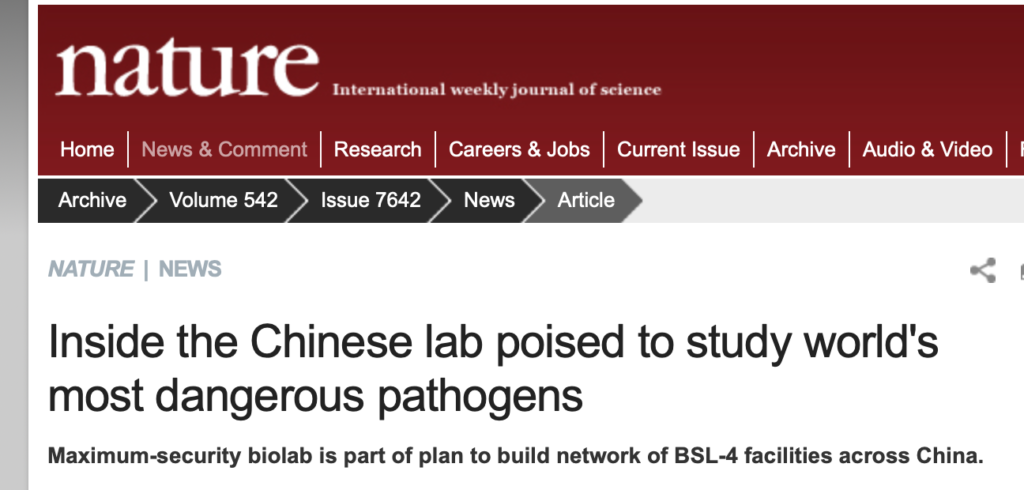
“Inside the Chinese Lab Poised to Study World’s Most Dangerous Pathogens” Nature; February 22, 2017
“But worries surround the Chinese lab, too. The SARS virus has escaped from high-level containment facilities in Beijing multiple times, notes Richard Ebright, a molecular biologist at Rutgers University in Piscataway, New Jersey. Tim Trevan, founder of CHROME Biosafety and Biosecurity Consulting in Damascus, Maryland, says that an open culture is important to keeping BSL-4 labs safe, and he questions how easy this will be in China, where society emphasizes hierarchy. “Diversity of viewpoint, flat structures where everyone feels free to speak up and openness of information are important,” he says.”
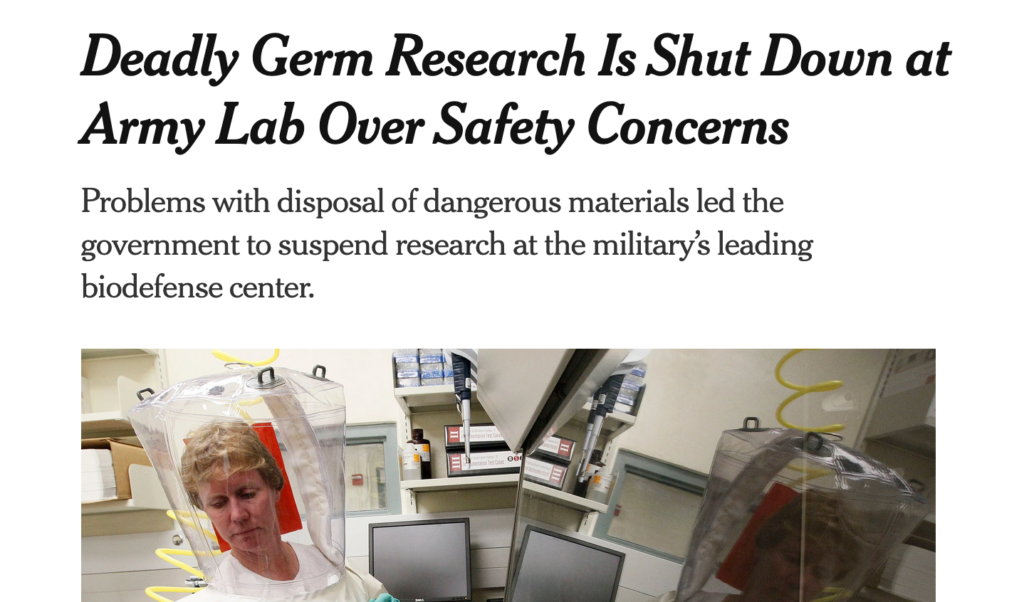
“Deadly Germ Research is Shut Down at Army Lab Over Safety Concerns” The New York Times; August 5, 2019
PATENT FOR CORONAVIRUS “Severe acute respiratory syndrome corona virus” Patent US2006257852
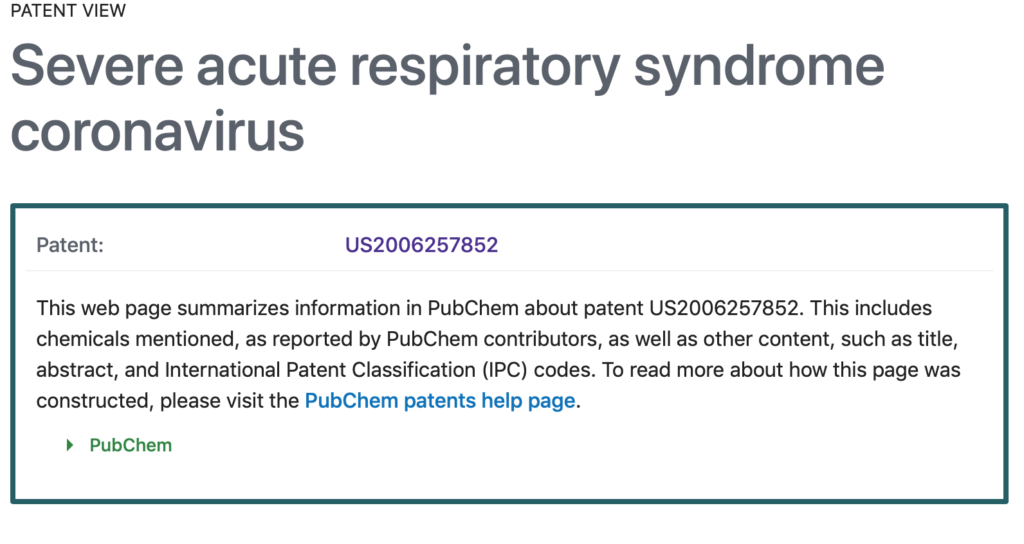
“Why Corporations are Psychotic: These ‘People’ Are Not Healthy” Psychology Today; March 16, 2011
“If corporations are indeed “persons,” their mental condition can accurately be described as pathological. Corporations have no innate moral impulses, and in fact they exist solely for the purpose of making money. As such, these “persons” are systemically driven to do whatever is necessary to increase revenues and profits, with no regard for ethical issues that might nag real people.”
SARS-like cluster of circulating bat coronavirus pose threat for human emergence Published in final edited form as:
Nat Med. 2015 December ; 21(12): 1508–1513. doi:10.1038/nm.3985.
“Utilizing the SARS-CoV nfectious clone, we generated and characterized a chimeric virus expressing the spike of bat coronavirus SHC014 in a mouse adapted SARS-CoV backbone.”
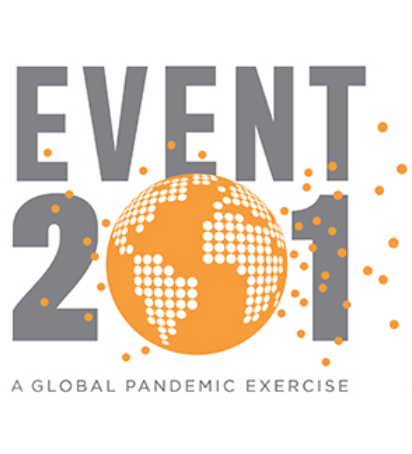
Event 201:A Global Pandemic Exercise: Friday, October 18, 2019
“Event 201 was a 3.5-hour pandemic tabletop exercise that simulated a series of dramatic, scenario-based facilitated discussions, confronting difficult, true-to-life dilemmas associated with response to a hypothetical, but scientifically plausible, pandemic. 15 global business, government, and public health leaders were players in the simulation exercise that highlighted unresolved real-world policy and economic issues that could be solved with sufficient political will, financial investment, and attention now and in the future.”

Science Alert: December 21, 2019
“For the people overseeing nationwide vaccination initiatives . . . keeping track of who had which vaccination and when can be a tough task. But researchers from MIT might have a solution: they’ve created an ink that can be safely embedded in the skin alongside the vaccine itself, and it’s only visible using a special smartphone camera app and filter.”
August 5, 2019 The New York Times
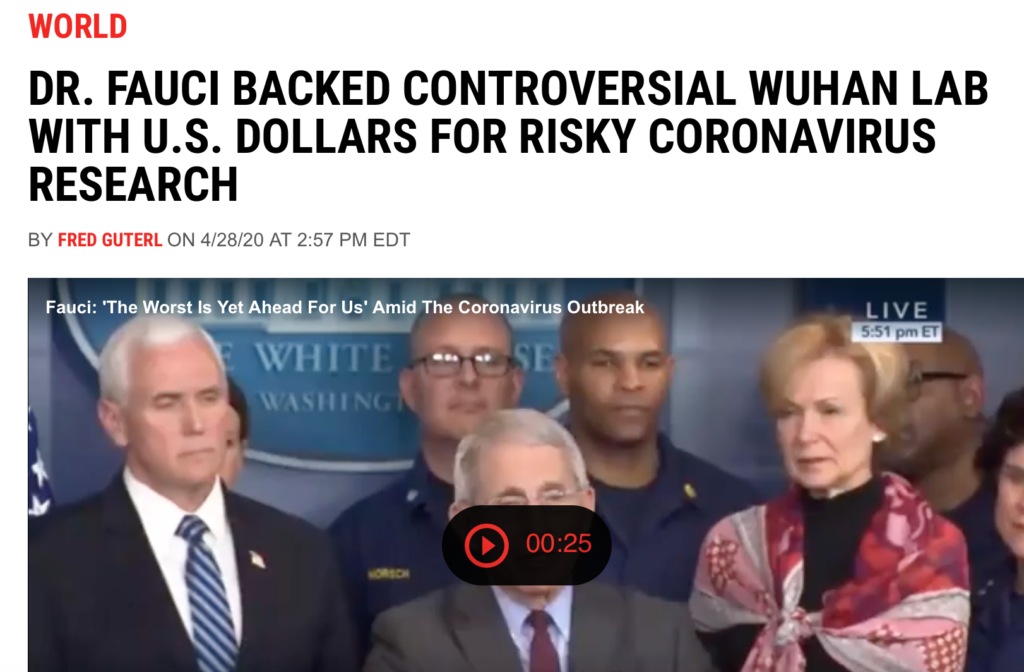
“In 2019, with the backing of NIAID, the National Institutes of Health committed $3.7 million over six years for research that included some gain-of-function work. The program followed another $3.7 million, 5-year project for collecting and studying bat coronaviruses, which ended in 2019, bringing the total to $7.4 million.”
PATENT: WO2020060606 – CRYPTOCURRENCY SYSTEM USING BODY ACTIVITY DATA March 26, 2020
Human body activity associated with a task provided to a user may be used in a mining process of a cryptocurrency system. A server may provide a task to a device of a user which is communicatively coupled to the server. A sensor communicatively coupled to or comprised in the device of the user may sense body activity of the user. Body activity data may be generated based on the sensed body activity of the user. The cryptocurrency system communicatively coupled to the device of the user may verify if the body activity data satisfies one or more conditions set by the cryptocurrency system, and award cryptocurrency to the user whose body activity data is verified. PATENT APPLICANTS: MICROSOFT
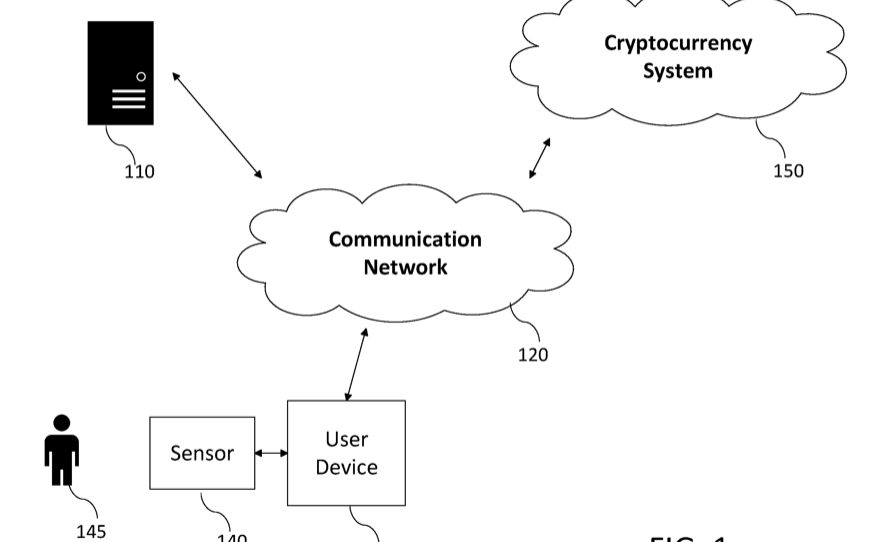

“Alright, so this is a weird one.
Microsoft has removed a new ad featuring artist Marina Abramovic after right-wing conspiracy theorists accused her of Satanism, Artnet News reported. That sentence may read like a MadLib, but unfortunately it describes an actual thing that happened in real life because the world is currently hellbent on proving itself a far stranger place than any of us imagined possible.”
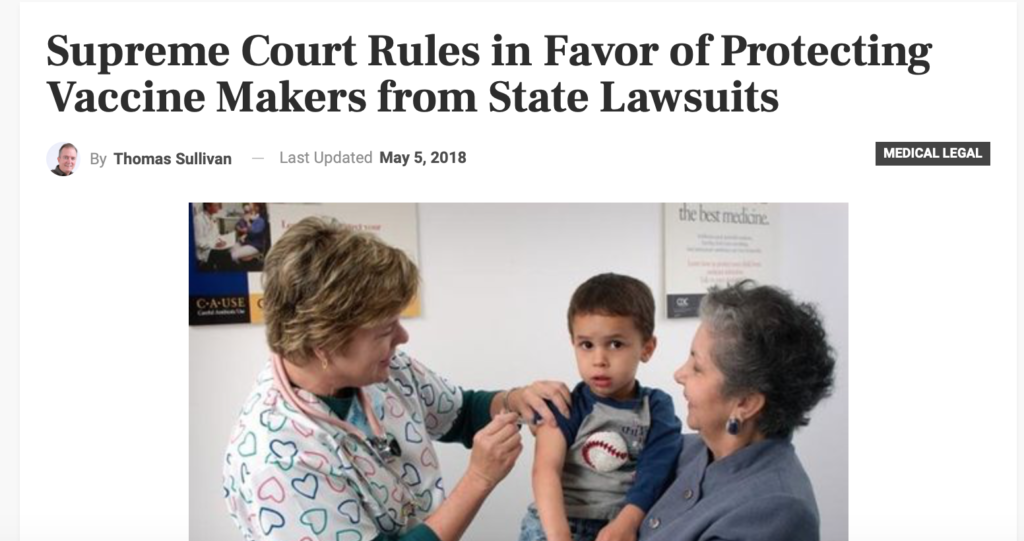
“The United States Supreme Court reached a decision recently, concluding that federal law protects vaccine makers from product-liability lawsuits that are filed in state courts and seek damages for injuries or death attributed to a vaccine.
In the 57-page opinion written by Justice Antonin Scalia, the Supreme Court explained that the National Childhood Vaccine Injury Act of 1986 (NCVIA or Act) preempts all design-defect claims against vaccine manufacturers brought by plaintiffs seeking compensation for injury or death caused by a vaccine’s side effects.”
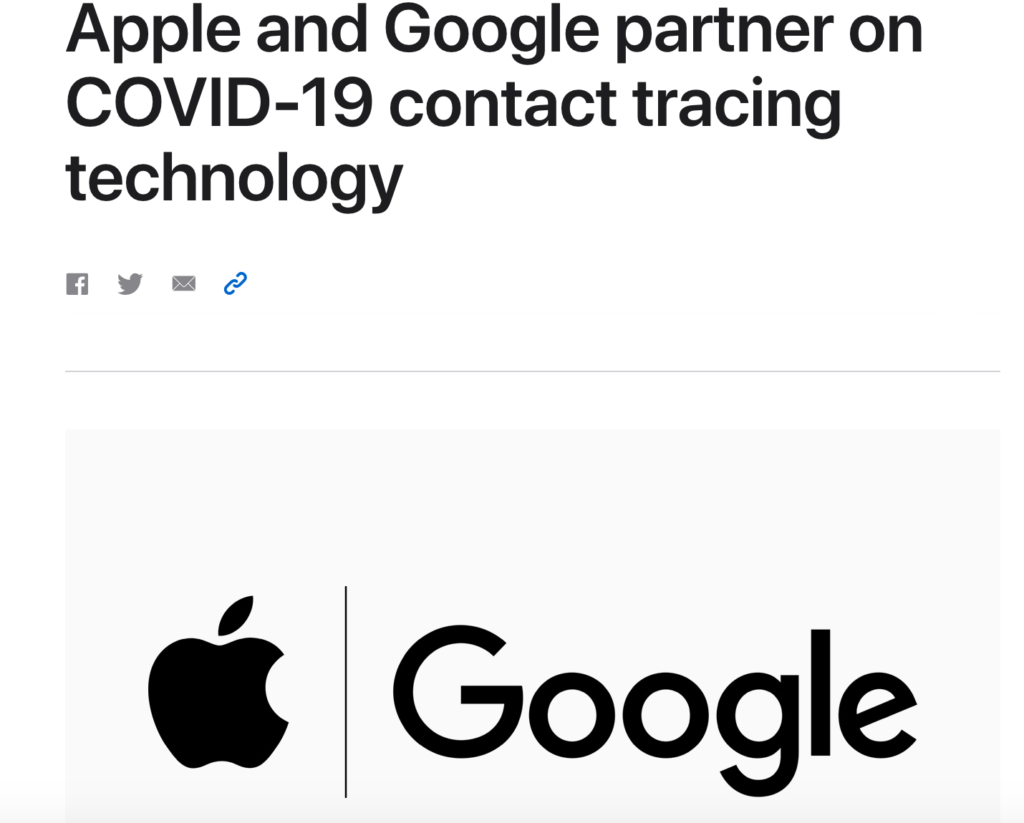
Bill Gates on Where the COVID-19 Pandemic Will Hurt the Most
“Fauci: ‘No Doubt’ Trump will face a surprise infectious disease outbreak” : Jan 11, 2017
Dr. Fauci Lectures: Flu vaccines, pandemic predictions National Institute of Allergy and Infectious Diseases
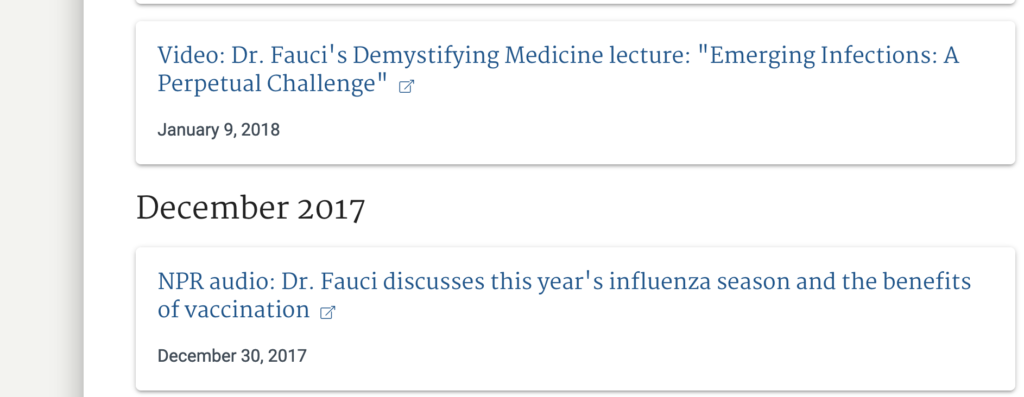

“The findings come amid a growing number of studies that raise questions about flu vaccine effectiveness (VE). They include, among others, last week’s CDC report that this year’s vaccine has worked poorly in elderly people and three recent European studies showing that vaccine-induced immunity in the 2011-12 season waned after 3 to 4 months. Other studies have cast doubt on the long-standing belief that a close match between the vaccine virus strains and circulating strains improves VE.”
“Researcher ‘on verge of making very significant’ coronavirus findings shot to death”

“A medical researcher said to be on the “verge of making very significant” coronavirus findings was found shot to death over the weekend in Pennsylvania, officials said.
Bing Liu, 37, a researcher for the University of Pittsburgh School of Medicine, was found dead Saturday inside a home in Ross Township, north of Pittsburgh, the Allegheny County Medical Examiner said.
He had been shot in the head and neck, the agency said.
An hour after Liu’s body was discovered, a second person, Hao Gu, 46, was found dead inside a car less than a mile away, the agency said.”
“Bill Gates and His ‘War Against Cash’ are a Threat to Our Liberty, Economist Warns” Sputnik May 7, 2020 “A consortium of powerful interests that include Visa and Mastercard, the International Monetary Fund, billionaire Bill Gates and the US Treasury have been slowly lobbying for cash to be abolished worldwide and replaced with digital only currencies.”
“The Immense Impact of Bill Gates Sr.: Head of Planned Parenthood”
European Coronavirus Patent 2014
“WHO report explores patent issues concerning flu viruses” Center for Infectious Disease Research & Policy; October 17, 2007
“Why the Push for a Quick Coronavirus Vaccine Could Backfire” Politico, March 20, 2020
“In some cases, a vaccine that hasn’t been properly tested could make people sicker. And if there are complications, the public relations problems could mount, spurring an anti-vaccination sentiment.”
“The Population Living in Acute Hunger May Double This Year Due to Coronavirus” PBS April 21, 2020
“Roughly 135 million people across the world lived on the brink of starvation last year, according to the World Food Program. That was before the coronavirus spread to nearly every country across the globe, overwhelming vulnerable medical infrastructures and spelling disaster for even the world’s most robust economies. Now, the United Nations agency fears that the number of people facing food crises across the world will nearly double — spiking to 265 million this year.
“Coronavirus pandemic ‘will cause famine of Biblical proportions” The Guardian; April 21, 2020
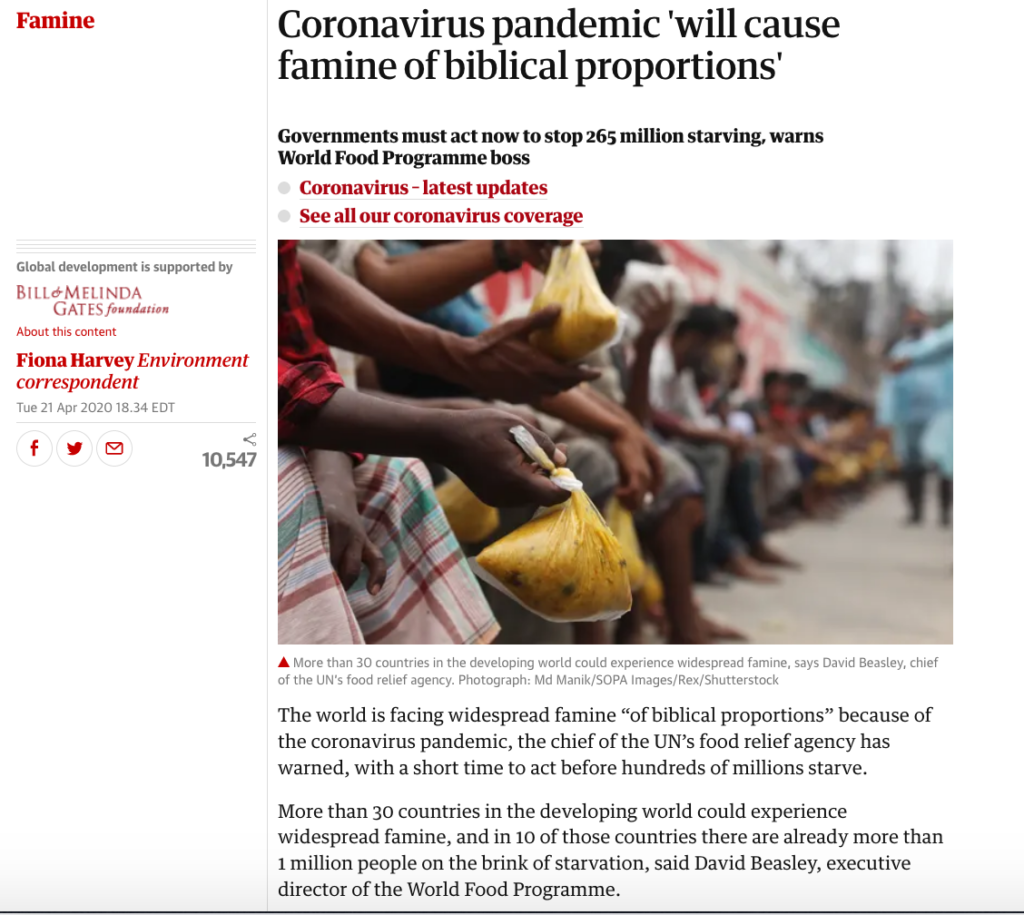
“How complicit was Silicon Valley? For months, tech billionaires have been on the ropes over the ties they maintained with money manager Jeffrey Epstein well after he was indicted and registered as a sex offender in 2008. Many of those connections centered around MIT’s Media Lab, an institution popular in Silicon Valley and that had a concealed fundraising relationship with Epstein.”
“In China, Anger Simmers Over Coronavirus Doctor’s Death” The Wall Street Journal, February 7, 2020
China’s Social Credit System: “China has started ranking citizens with a creepy ‘social credit’ system — here’s what you can do wrong, and the embarrassing, demeaning ways they can punish you” Business Insider, October 29, 2018
“The Complicated Truth About China’s Social Credit System” Wired June 7, 2019
“I have to disagree with you, sir, when you say that I’m selfish, because feeding my kids is not selfish,” she said in court Tuesday, CBS DFW reported. “I have hair stylists that are going hungry because they’d rather feed their kids. So, sir, if you think the law is more important than kids getting fed, then please go ahead with your decision, but I am not going to shut down the salon.”
“Surfer Fined $1,000 for Ignoring Coronavirus closure in Manhattan Beach” Los Angeles Times; March 29, 2020
“This New Coronavirus Spy Drone Will Make Sure You Stay Home” Forbes March 5, 2020
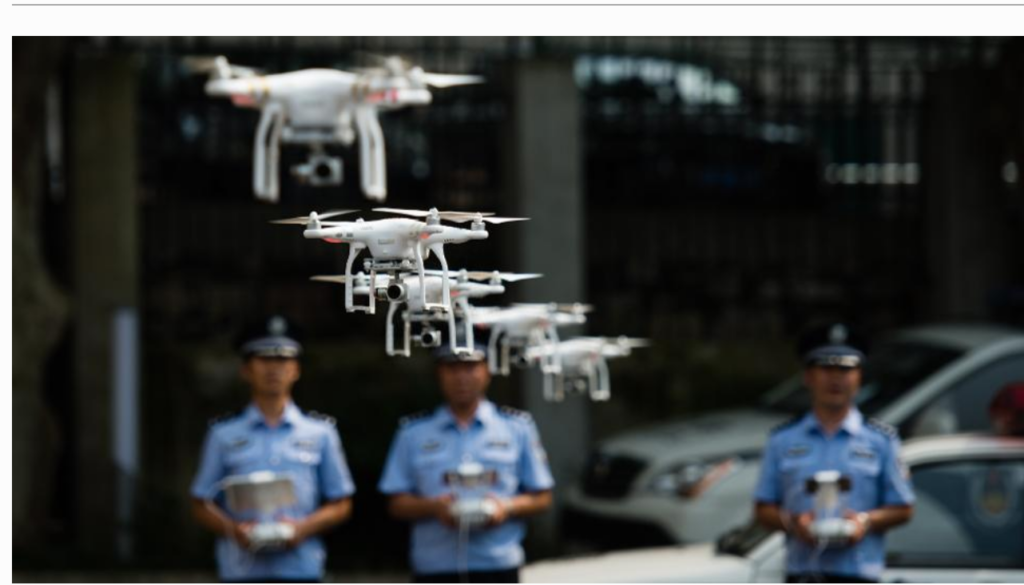
“UK Police Use Drones and Roadblocks to Enforce Lockdown” The Guardian; March 26, 2020
“WHO says There is no need for healthy people to wear face masks,” after the CDC told all Americans to cover their faces.” April 7, 2020
“Child Sexual Abuse Reports are on the Rise Amid Lockdown Orders” NPR April 28, 2020
“Isolation Has Profound Effects on the Human Body & Brain” Science Alert; February 3, 2019
“The Perils of Social Isolation” Psychology Today; November 12, 2016
“The Effects of Chronic Fear on a Person’s Health” 2017 Neuroscience Education Institute Congress, a Friday session focused on the physiology of fear and it’s impact on wellness.
“Who’s behind the Chinese takeover of world’s biggest pork producer?” PBS News Hour; September 12, 2014
U.S. Close to Meat Shortage After Major Plant Closes Over Coronavirus” Time; April 13, 2020
“Farmers Forced to Euthanize Livestock as Coronavirus Strikes Food Service Industry” CBS News; April 27, 2020
“How to Grow Your Own Food in a Modern-Day Victory Garden” The Washington Post; April 6, 2020
“Seeds in high demand as people try growing their own food during coronavirus pandemic” The News & Observer; April 15, 2020
“Michigan Bans Many Stores from Selling Seeds, Home Gardening Supplies, Calls them ‘Not Necessary'” Forbes, April 16, 2020
Agenda 21 United Nations Sustainable Development
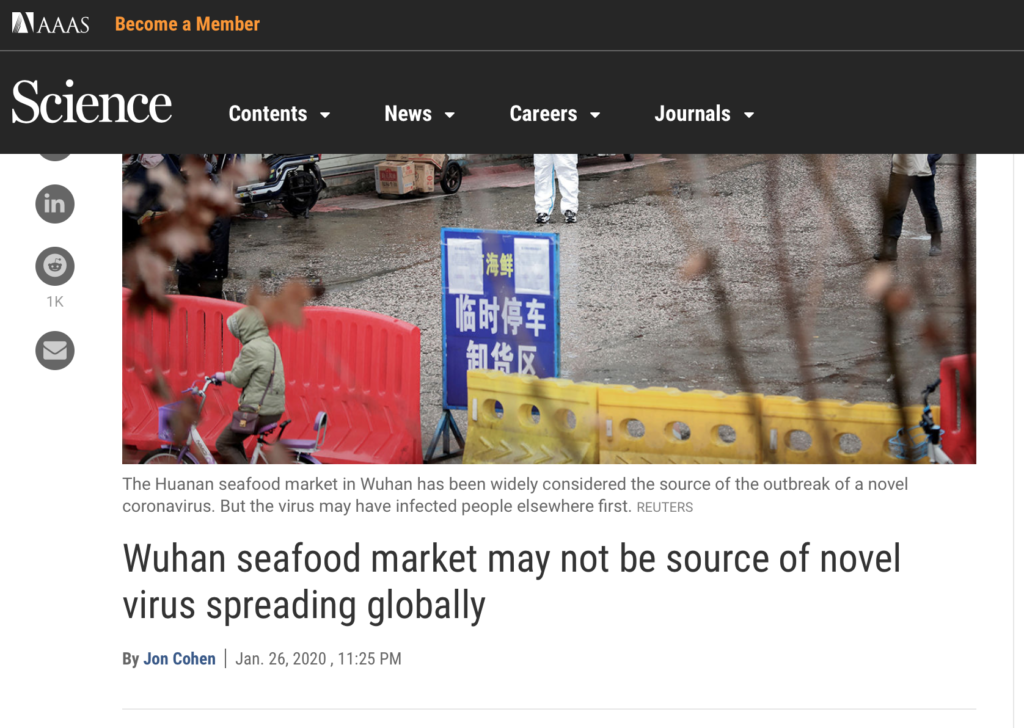
“Wuhan Seafood Market May Not Be Source of Novel Virus . . .” Science; January 26, 2020
“As confirmed cases of a novel virus surge around the world with worrisome speed, all eyes have so far focused on a seafood market in Wuhan, China, as the origin of the outbreak. But a description of the first clinical cases published in The Lancet on Friday challenges that hypothesis . . . Because the Wuhan Municipal Health Commission noted that diagnostic tests had confirmed these 41 cases by 10 January and officials presumably knew the case histories of each patient, “China must have realized the epidemic did not originate in that Wuhan Huanan seafood market,” Lucey tells ScienceInsider. (Lucey also spoke about his concerns in an interview published online yesterday by Science Speaks, a project of the Infectious Disease Society of America.)”

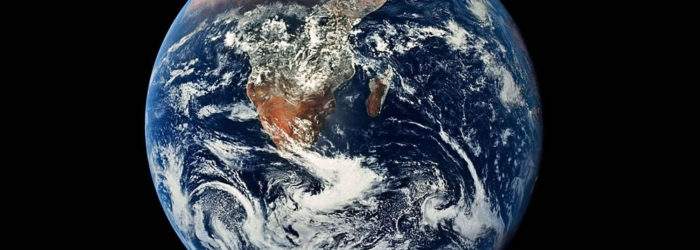
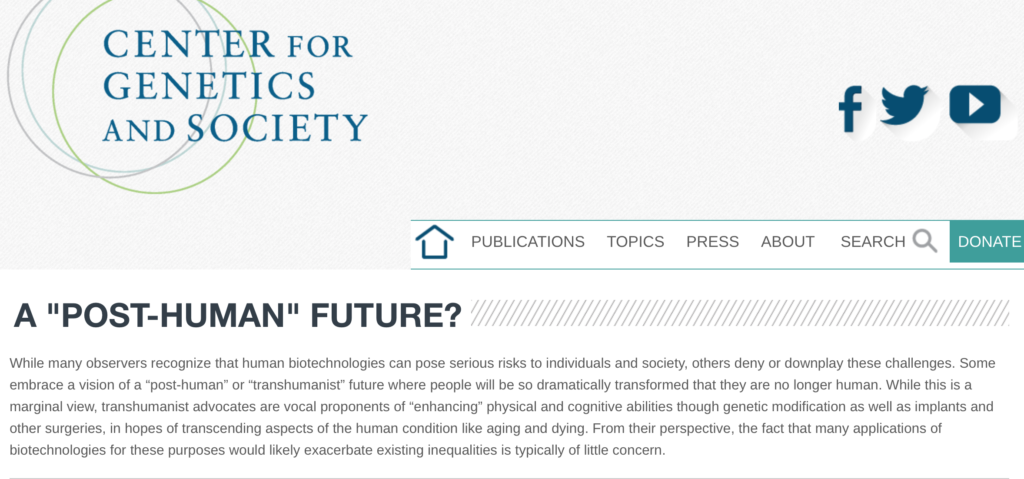

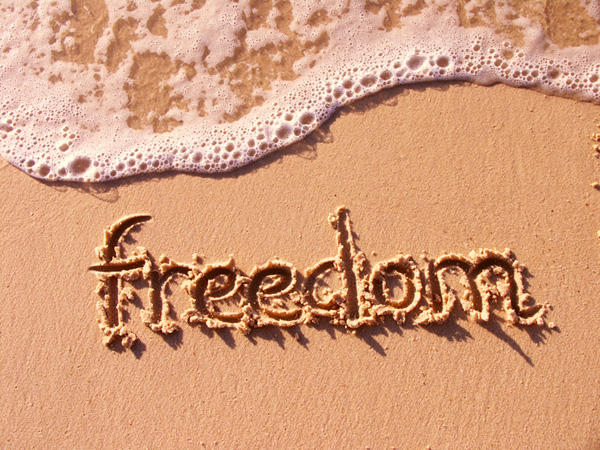
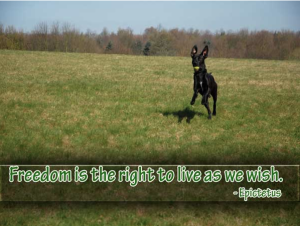
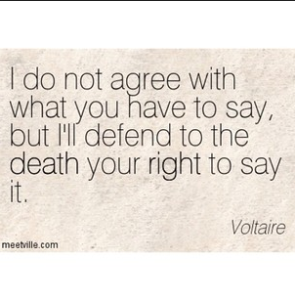
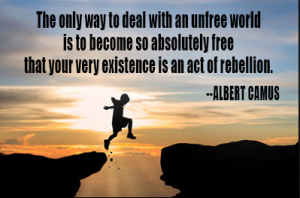

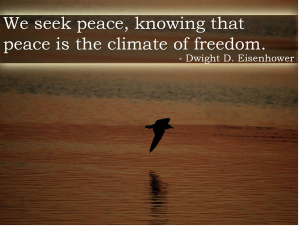


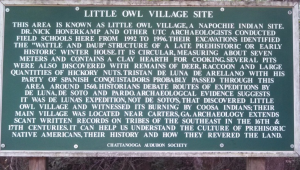



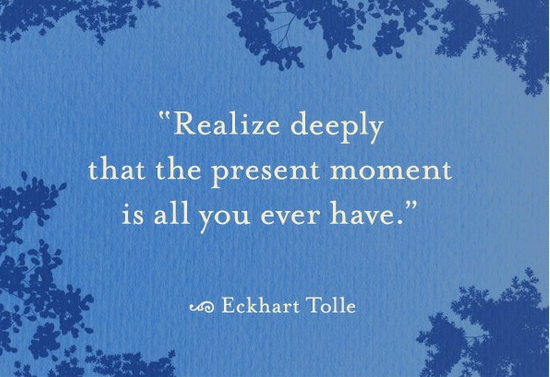

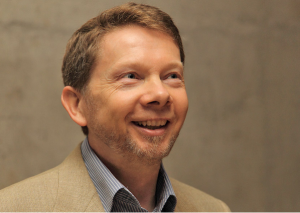

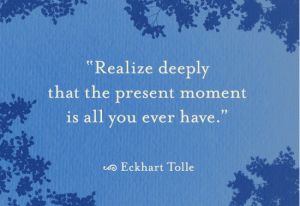
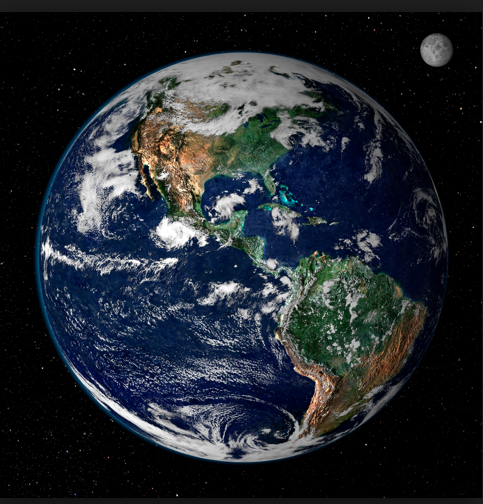
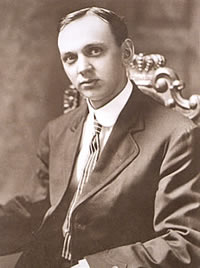
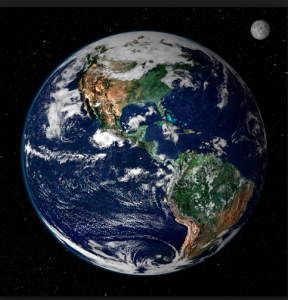






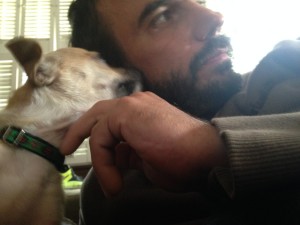




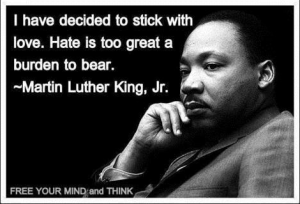
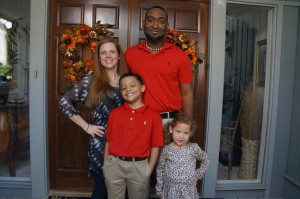
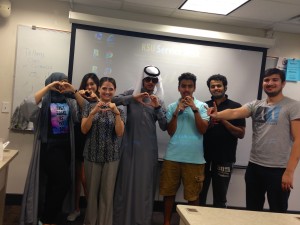
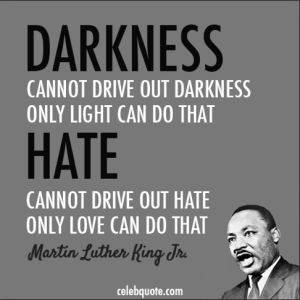
Recent Comments